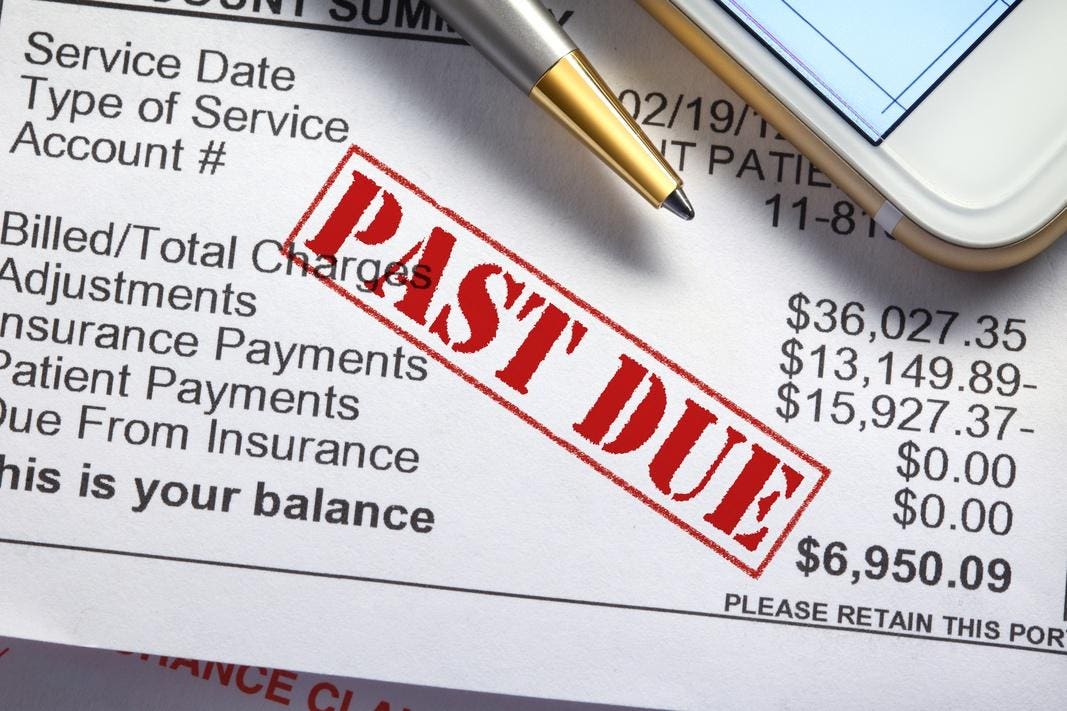Americans are clearly struggling with their healthcare costs, as recent studies have shown. But affordability challenges are only part of the story. A new report sheds light on factors in addition to cost that keep people from paying their medical bills.
According to the 2024 Healthcare Financial Experience Study published by Cedar, a patient financial platform, ability to pay—not bad intentions—are the main reason people don’t pay their medical bills.
Cedar surveyed more than U.S. 1,200 adults aged 26 and older, all of whom had visited a doctor for themselves or a dependent in the past year and report being responsible for making healthcare decisions and paying medical bills.
Nearly three-quarters (72%) of adults surveyed said that affordability is the biggest challenge to paying their bills. Nearly half (48%) said that their healthcare costs had increased in the past year and 59% are worried about paying their medical bills in the coming year.
One-quarter (23%) said they wouldn’t be able to afford a surprise medical bill any larger than $250 and 15% said they couldn’t afford any unexpected medical expense.
One in five (19%) said they actually haven’t paid a medical bill because they literally can’t afford it.
“The findings of our annual study point to a clear theme: consumers want to pay their bills,” said Cedar CEO Florian Otto. “If payers and providers don’t help them, it has a disastrous impact on loyalty, patient health, and bottom lines.”
The impact of affordability challenges are negative. One-quarter of respondents have had unpaid medical bills go into collections and nearly half said that their health or well-being has been negatively impacted by difficulty paying their medical bills.
Not only are the actual financial burdens challenging consumers, the whole process of paying bills is stressful.
More than half (58%) said that paying medical bills is stressful, and just understanding what they owe and why was a source of stress for nearly as many (55%). Reconciling billing issues with a provider or health insurance was also a very or extremely stressful for 37% of respondents. Reconciling between the two was even worse; 40% of respondents rated reconciling between providers and their insurer was very or extremely stressful.
This coordination between providers and insurers on billing issues is an important factor in how people feel about each party. For example, 78% of respondents said that payment coordination is an important factor in how satisfied they feel with their insurer and 69% said it would influence the likelihood that they would recommend their provider to others.
Perhaps not surprisingly, one-third of respondents reported not feeling in control of their healthcare finances.
Nearly one-third (31%) of respondents said they could not easily understand their healthcare benefits and bills, with 18% saying they definitively do not understand their coverage and costs. One-quarter (23%) find understanding their coverage and benefits stressful.
That confusion has a cost, as 40% of consumers said they won’t pay their bill if they can’t understand their coverage or how to pay the bill and 28% had delayed paying a medical bill because they were confused by it. Another 9% said they had not paid a medical bill in the past year because they were confused about their what their costs actually were.
Having a solid cost estimate in hand would influence people to take control of their healthcare costs and behaviors. Notably, fully half of respondents said having a cost estimate before a healthcare visit would make them more likely to look for a better price from a different healthcare provider.
Financial Aid May Be A Missed Opportunity
Consumers definitely want help with their medical bills, but many don’t know that support may be available.
In the survey, 63% of respondents said they were unsure of what financial aid options are available to them. A majority said they need help to understand financial aid options (61%) and to navigate the process of applying for assistance (55%).
Only 36% reported using financial assistance. This small number could be due to discomfort accepting assistance, reported by 52% of respondents. Others may not have access to financial aid; 13% reported that they had not paid a medical bill in the past year due to the lack of financial assistance options.
Three-quarters (73%) said that they would take advantage of payment plans or financing options if they were available to help with large bills. And 57% said that a provider’s discount options would influence their decision to use that provider.
“One clear area of opportunity for healthcare providers is to leverage technology to improve access to financial assistance resources—Medicaid, charity care and payment plans, to name a few,” Otto said. “Such assistance can be difficult to receive due to complex processes and murky qualification criteria. It also can be a very manual process for provider staff. Leveraging digital health tools to more easily surface these options and help patients self-service increases access to care and alleviates staff workload.”
Read the full article here





